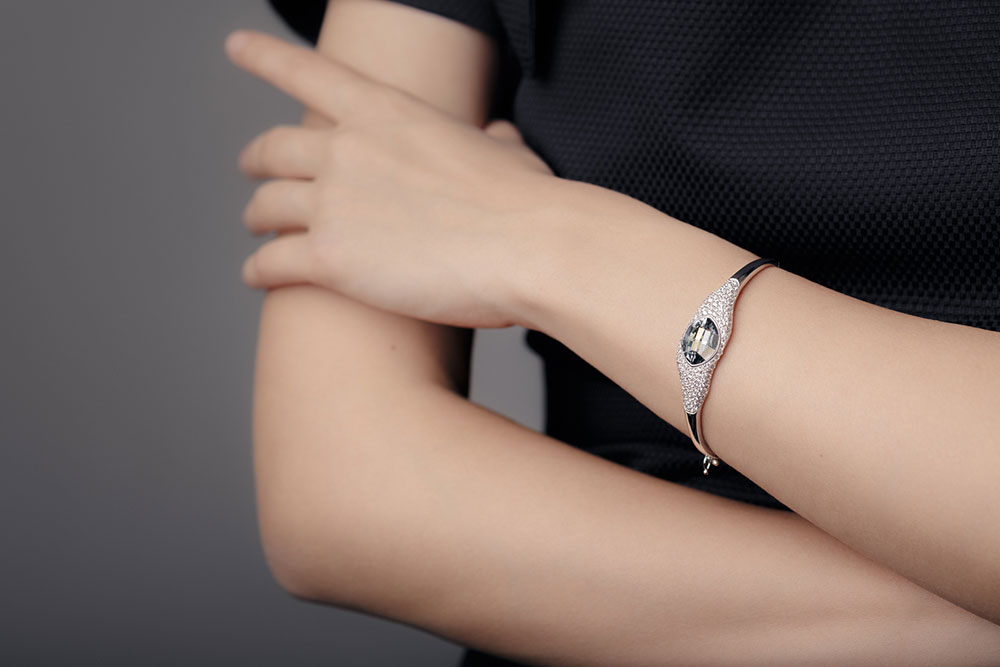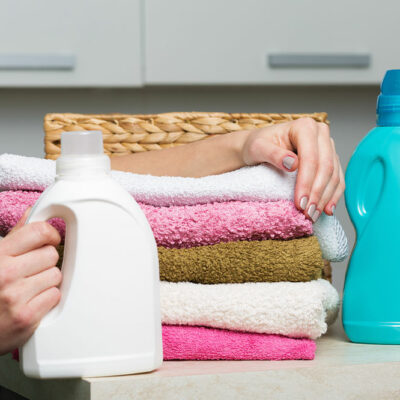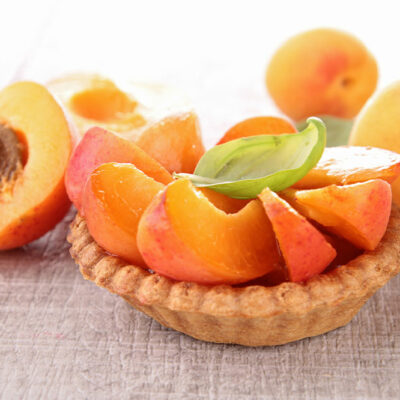
Types of event bracelets and tips for choosing one
Wristbands or bracelets are the perfect tools for managing access to events like fairs, seminars, festivals, or concerts. The wristbands help organizers oversee admission to these events and also identify and distinguish between different types of participants. What’s more? Organizers get to advertise their event through dedicated event bracelets and wristbands. So, here is a brief guide to the common types of event wristbands and factors to consider while choosing one:
Vinyl wristbands
Also called plastic wristbands or bracelets, vinyl wristbands usually come with single-use snap closures. They are completely waterproof and do not tear easily, making them ideal for both indoor and outdoor events, as sweat or humidity will not damage them. Vinyl wristbands are also extremely customizable, so organizers can order these in a bunch of different colors to easily distinguish between different types of attendees. However, the bands and their straps are only made for one-time use, making them suitable only for single-day events.
Tyvek bands
Tyvek® wristbands are also single-use bands but are typically equipped with adhesive closures. So once tied, these bands can only be removed by cutting them, which prevents them from being transferred or reused. This helps organizers have better security and admission control for the event. Tyvek® is a paper-like material, so it is extremely light and comfortable to wear and, at the same time, tear-resistant. Moreover, Tyvek® wristbands are affordable and customizable, so single-day event organizers can order these bands in bulk if they are expecting a large number of people to attend.
Silicone bands
These are among the most durable event wristbands. Silicone itself is highly flexible and comfortable to wear. Moreover, the material is highly resistant to water, so the band is unlikely to be damaged easily. What’s more? Silicone bands are typically not intended for one-time use, so they can be removed and re-worn multiple times. However, this feature makes it easy for the wearer to pass them on to others, so silicone wristbands are not the best choice for controlling admission. Instead, silicone bands are ideal for brand promotion. They are available in various colors and can be easily embossed with text, brand logos, and other symbols. So brands can use these bracelets as a form of advertising by offering them as free giveaways during events.
Satin bands
Satin bands can be single-use or reusable. Either way, satin bands tend to look good and be comfortable and lightweight. So attendees can wear the bands with ease. Satin bands usually come with a ring closure, which differs for single-use and multiple-use bands. Ring closures of single-use bands can not be loosened once adjusted. So they are not easily transferable. However, closures of multiple-use bands are adjustable, making the bands removable. Event organizers and brands can choose the type of satin band that works best for them.
RFID bands
These bands are the most expensive option on the list. As the name suggests, the bands are equipped with RFID (Radio Frequency Identification) technology, i.e., they come with tags or chips carrying unique codes. Each tag can only be scanned by an RFID scanner, which can be placed at the entrance of the event. What this technology does is ensure that every event attendee is issued a unique band and code, which, when scanned, displays the attendee’s identification details. So, attendees cannot transfer the bands to anyone else. Those who are given these bands can then only access an event by scanning their own bands at the entrance. Even though the RFID system is expensive, it has several advantages. The organizers can ensure better security and faster entry and exit without excessive human involvement. Moreover, these bands are designed for multiple uses and can last a long time.
Tips for choosing the right type
In addition to exploring available types of bracelets, event organizers and brands should consider the following factors when choosing event bracelets:
Consider the duration of the event: The length of the event is a key factor to consider when buying wristbands. For instance, as mentioned above, vinyl and Tyvek wristbands (and single-use satin bands) can only be used once, so they are ideal for one-day events like concerts, fairs, and more.
Determine the level of security: It is important for organizers to consider the level of security they need at their event. If the event has limited entry, organizers can opt for single-use bands. As the bands cannot be reused, they can help in controlling access to the event, i.e., they won’t allow more than one person to enter the event. But if the event is open to all, brands can use silicone bands. These do not offer a lot of security or attendance control but can allow brands to advertise themselves or their events or products.
Set a budget: When buying event wristbands, it is also important to take budget into consideration. Event organizers should get multiple quotes on different types of bands with the required customizations to choose the most suitable option for their event. For instance, single-use satin bands and vinyl bands serve a similar function, but if satin bands are not within the organizers’ budget, they can go for vinyl bands. Also, RFID bands are typically more expensive, so they should be considered only if one cannot compromise on security.


